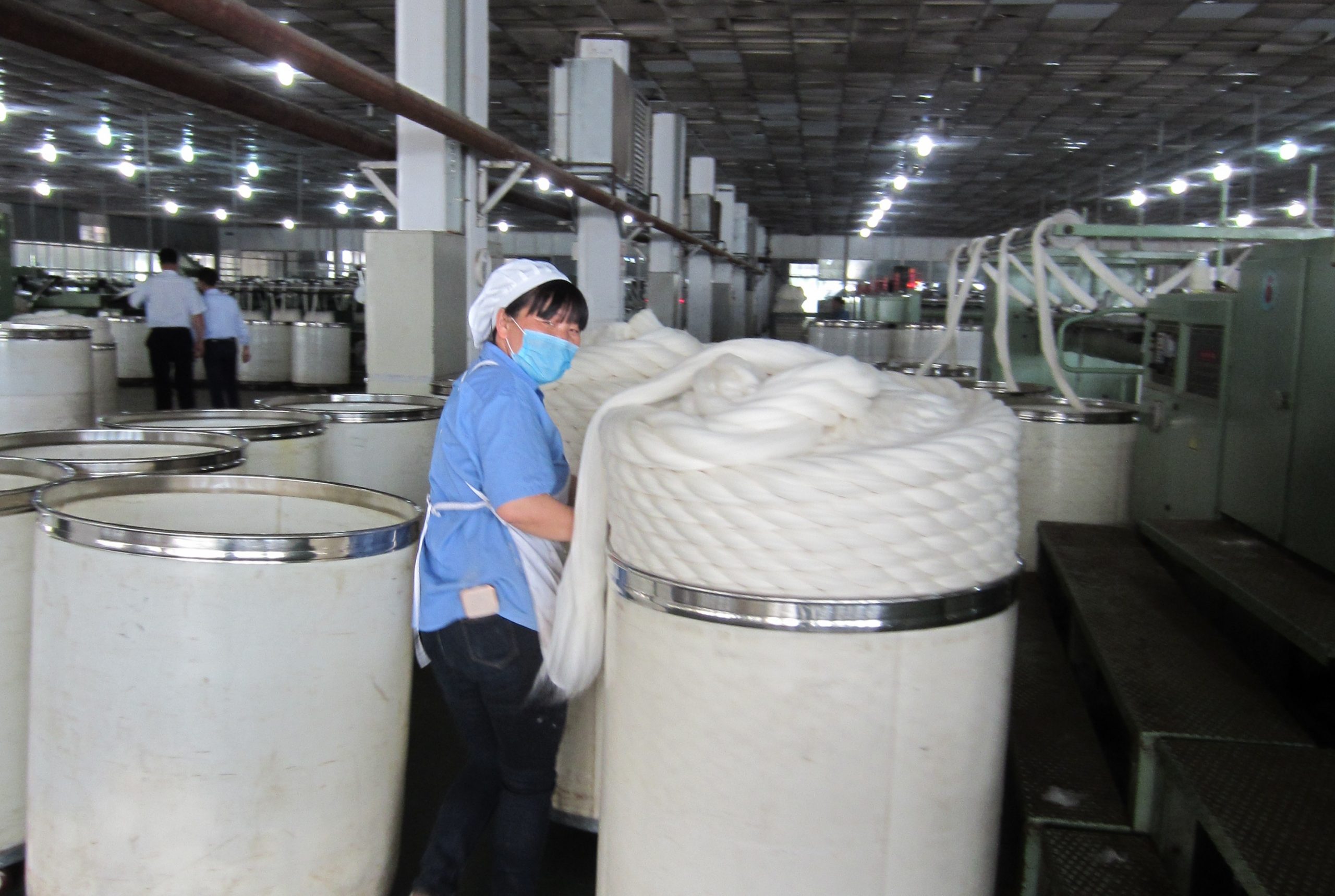China’s Wool Industry Struggles to Regain Its Footing
According to a survey conducted by IWTO member China Wool Textile Association (CWTA) fewer than 40% of mills are able to reach 80% of their production capacity, and many mills say their capacity utilization rate is less than 50%. This information was prepared for one of six pre-recorded video sessions in lieu of the cancelled annual IWTO conference in May.
According to the data from China’s national bureau of statistics, in the first quarter of 2020, the textile industry (including the woolen textile industry) resumed work at a rate of more than 85%, and the utilization rate of production capacity was 67.2 percent (slightly better than the national manufacturing industry) – this was down 10.5 percentage points from the same period last year.
In Quarter 1 of 2020, the production of wool yarn was 29,000 tons, down 26% year on year; Wool fabric production was 58.22 million meters, down 24 percent year on year.
“The pandemic is likely to lead to a rethinking of existing consumption concepts and a good opportunity for the development of sustainable products. It is also an opportunity to change the current value transmission mode of the wool industry. How to better transfer the value of wool to the final product will be an opportunity for our industry to reshape its own value system.” – China Wool Textile Association Madame Peng Yanli, in the Market Intelligence Session.
The operation rate of Chinese woolen textile mills is gradually recovering, but production levels are still lower than normal.
woolnews.net contacts in China have painted an even bleaker picture. While it is too early to say, it is expected that demand for apparel wool will be reduced by more than 30% this year. The demand for crossbred wools is even further reduced. The Chinese government is trying to boost the domestic consumption by introducing more corporate uniform production into the industry; however we have been told that these tenders are now delayed by some 4 months.
Further woolnews.net sources suggest that most medium to smaller mills in Jiangsu and Zhejiang provinces have converted their machinery to mask and other PPE production. Large topmakers that mostly buyer Australian wool has advised us that they expect their usage of Australian wool will be reduced by 30% in 2020 year.
One of the largest buyers of New Zealand wool that manufactures carpet for domestic and export industries told woolnews.net that ‘since the pandemic started a large number of international orders for finished carpets have been cancelled. Due to a weak real estate sector in China the demand for carpet has also weakened dramatically. ‘The demand for double-sided fabric, which uses New Zealand wool has also come to a halt.
‘This lack of demand is not only due to the wrong season, it is mostly because of the stock-pile that has built up at the retail level’, says another source. ‘The build-up of yarn stockpiles is also large.
This perspective has been echoed by a large yarn manufacturer in China. The company said
‘yarn manufacturers in China are experiencing unprecedented challenges right at the moment. Yarn export has been reduced significantly. The domestic market is still in its recovery stage. At this stage, yarn production has reduced by 30%. It is difficult to foresee the knitwear market in China improving in the short-term, given the huge stockpile generated by retail store closures during the Chinese New Year in January.


